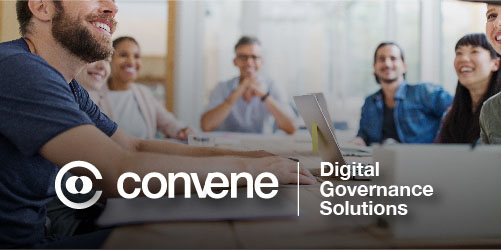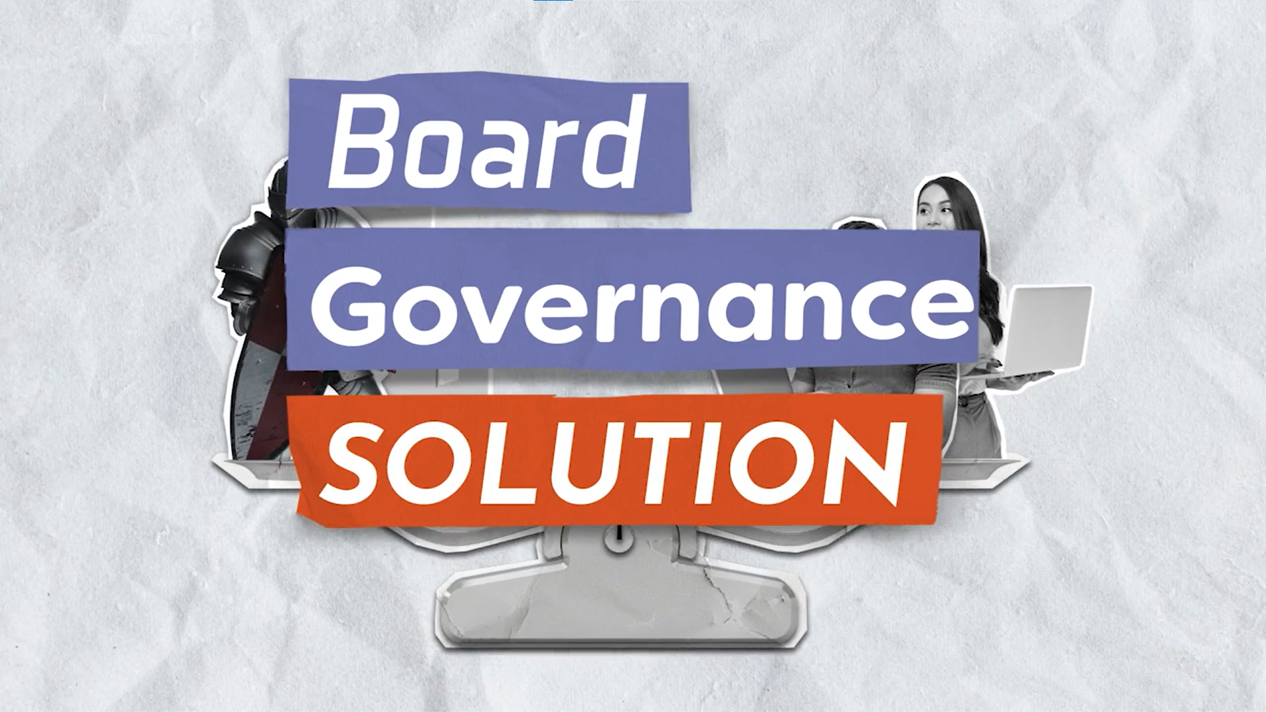Here at Convene, we are meeting experts, so we decided to set out a helpful guide to cover the essential meeting questions:
- What are the different types of meetings?
- Why have meetings?
- What are the basics of a meeting?
- What are the common meeting issues and their solutions?
- How can you improve your meetings?
What are the different types of meetings?
There are two main types of meetings: formal and informal. We’ve written about the difference between these two genres of meetings in the past, you can read more about this here. However, both formal and informal meetings have one thing in common: a purpose.
Meetings can have all sorts of purposes! From strategising to reviewing activities, every stage of the business process can benefit from meetings. However, we’ve all been in meetings that could have been emails, so it is important that meetings have a point. For that reason, our list reflects the different intentions of every meeting:
- Making Decisions
This is perhaps the most common form of formal meetings. These meetings function best when there is a structured agenda and a vote. This ensures the discussions will not overrun or go offtrack. These types of meetings include Board meetings, issue resolution meetings, problem-solving meetings and new hiring meetings.
- Planning
These meetings can be both formal or informal depending on the urgency. A brainstorming session is an example of an informal planning meeting. You can also have a quarterly planning meeting, which is a formal meeting and requires an agenda.
The premise of these meetings is there is an issue that needs to be resolved and to come up with the best possible route forward. These meetings are a precursor for any decision-making meeting.
- Team-Building
Team-building meetings are often overlooked, but they create a space where your team can develop innovative ideas and hone in their decision making skills. From workshops, training sessions, team outings or lunches, these types of meetings ensure that your team have a strong bond.
- Reviewing
This is the most varied type of meeting. Ranging from the most formal of a Board Evaluation to the least formal of a weekly team catch-up, the basis of this meeting is making sure everything in your organisation is as successful as it can be.
The size of these meetings can depend on the situation. An employee review can be one-on-one but a progress update could be company-wide. The review process is indispensable to the internal practices of any organisation.
- Presenting
Both an internal and external body can be responsible for these types of meetings. If you are buying new software, you will receive a presentation. Or, if you need to update the Board on the progress of a project, you will have to do a presentation.
However, a ‘presenting’ meeting can be more than a sales demo or a PowerPoint, it can also be an introductory meeting. If you have a new person joining your team or even leaving your team, you may choose to go for a ‘presenting’ meeting. There is one person talking, and the majority of participants are listening or asking questions.
Why Have Meetings?
Meetings are a way to ensure everyone stays on track. Humans are a social species and we require interaction to be content. In this age of digital and hybrid working, we can feel increasingly disconnected from our colleagues. Meetings allow us to connect on a level that inspires us to work harder.
Meetings are also a good way to hold people accountable. An email is easily avoided, or forgotten about, a meeting requires your full attention. Only 7% of communication is the words we use, the way we say things determines how we are perceived. This means discussions and debates need to be held in a way that you can interpret what the other person is saying, be that through tone of voice, mannerisms or facial cues.
What Are The Basics Of A Meeting?
There are some commonalities amongst all types of meetings.
- An Agenda - This does not have to be a physical agenda but rather a point to the meeting. Inform those attending in advance what the meeting will entail so they can be best prepared for discussions.
- A Select Group Of People - You don’t need to invite the intern to a Board Meeting, so think carefully about who needs to be in what meetings. Everyone in the meeting should serve a purpose!
- Timing - It is important that a meeting has a running time, or at the very least an estimated one. Your colleagues will have other meetings or work to get to and talking incessantly will likely not resolve the issues any faster.
- Action Items - You should leave a meeting knowing what you need to do next. Should you change your methods or are they working and should you keep to the status quo? All of this needs to be clear when you leave the room.
What Are The Common Meeting Issues And Their Solutions?
There are some common themes amongst the most prevalent so we have broken down the common meeting issues into two main categories: preparation and participation.
Issues With Preparation:
1) No Clear Agenda
As we have mentioned, a clear purpose is a must for a successful meeting! The remedy for this is simple, ask yourself: could this be an email? If the answer is no, then you have found your reason for the meeting!
2) No Action Items
What makes a successful meeting is one where everyone leaves knowing what are the steps going forward.
3) Unsuitable Meeting Room
This may seem obvious but you would be surprised! Make sure that you can have formal meetings in rooms that won’t be interrupted, be sure to book your space in advance.
4) Ineffective Hybrid Or Virtual Meetings
You need to ensure that your virtual counterparts are fully included in the meetings. This means investing in technology that will allow them to feel part of the discussions, they shouldn’t just be sitting on mute and listening to the in-person discussions. Ensuring you have the appropriate technology and that they know how to use it must be part of all hybrid and virtual meeting preparations.
5) Meetings Overrunning
This can easily happen but it is important to avoid. When designating a time for the meeting, it is better to overestimate a meeting time than underestimate. Allow for 15 minutes extra than you would expect the meeting to take. This will account for any interruptions or discussions running long.
Sticking to a meeting time can also be aided by, once again, a clear agenda. If a meeting has a point or a schedule, there is less chance of it being sidetracked by other discussions. Furthermore, if you do go off piste in any debates you can always circle back saying “this meeting is to discuss/review x issue, we can schedule a follow-up meeting for the issue you are discussing”.
Issues With Participation:
1) One Person Talking More Than Others
This depends on the type of meeting but outside of a presentation, this is not acceptable. Everyone in the meeting should feel as though their opinions and experiences are equal and valid. There will always be those who are more outspoken and loud, but, as the leader of the meeting you should be aware of who is speaking the most and who is speaking the least.
Call on those who are not speaking up, make sure they understand everything going on and you never know, they may have the best solution to any issues!
2) No one talking
We are all aware of that horrible feeling when you are presenting and then ask ‘any questions’ only to be met with a sea of silence and blank expressions. You need to make sure meetings are engaging, ask questions often, have interesting Powerpoints, maybe even tell a joke. Dynamic debates are the centre point of all innovation.
3) Interruptions
There are times when the meeting can be derailed without it being a lack of preparation, maybe there’s a fire-alarm or an emergency. However, when you return it is crucial to redirect the attention swiftly to the matter at hand. It can be easy to lose control over the room after a kerfuffle but if needed, you can allow a few minutes to review the incident before redirecting the conversation back to your desired topic.
How Can You Improve Your Meetings?
The key to better meetings is simple, it’s Convene! Your meeting process will be streamlined from start-to-finish. Named the best Board Portal of 2021, our clients have seen dramatic improvements in their meeting productivity and workflow since introducing Convene, just read our customer success stories to see why. Furthermore, your whole organisation can now benefit from these features as we have developed the ultimate digital workplace tool by integrating Convene within the Microsoft Teams environment.
With Convene in Teams you can now have all the benefits of Microsoft Teams and a Board Portal in one integrated product. If you would like to learn more please don’t hesitate to contact us, or book your free demo now.








